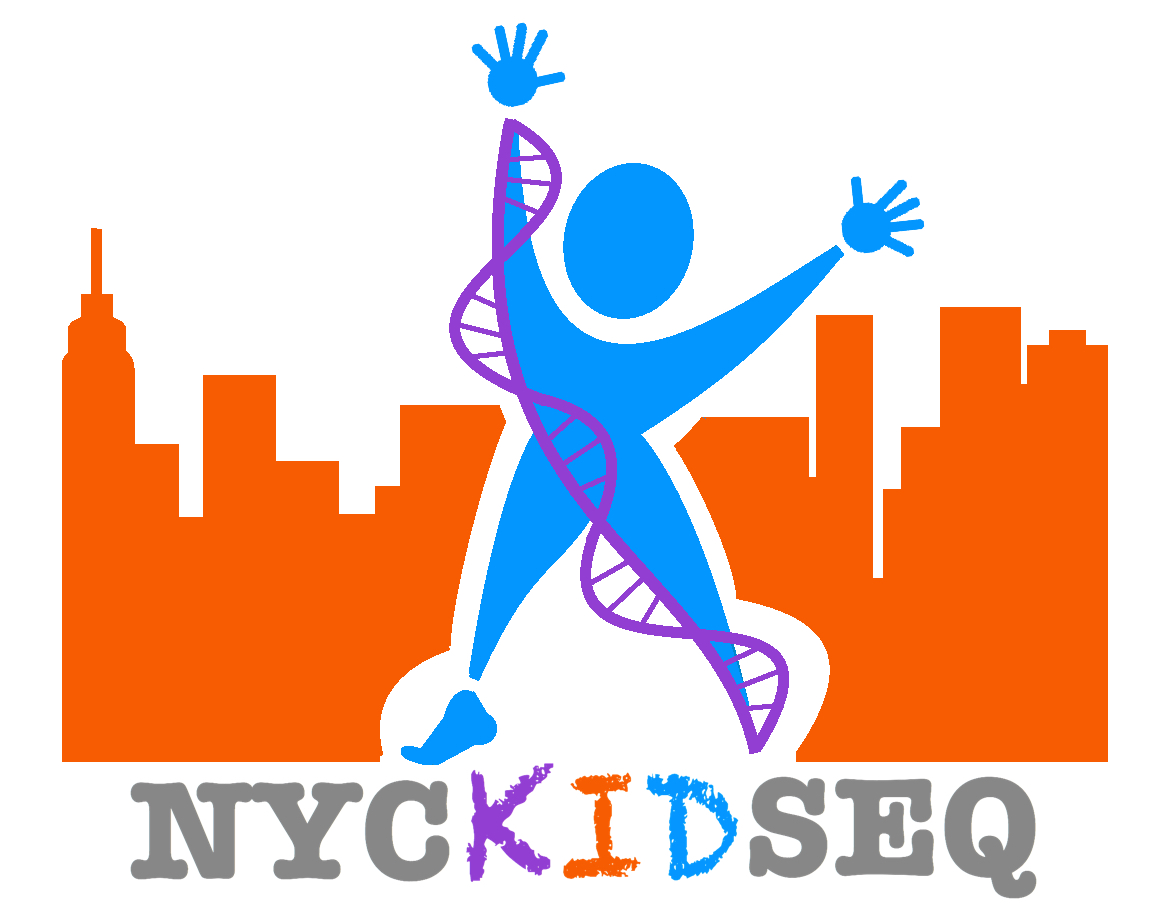What is genomics? Genomics is the study of all of our genes.
1. What is DNA?
DNA is a long sequence of letters made up of about 3 billion letters. Our body reads the letters in our DNA and uses them as instructions to build and maintain all of our cells, tissues, and body organs. While nearly all 99.9 % of our DNA sequence is the exact same in all people, we each have a unique sequence; it is our genetic “signature” or “fingerprint.”
2. What is a variant?
While about 99.9% of our DNA sequence is identical in all human beings, the variation in our DNA is what gives us our unique characteristics. For example, differences in our DNA define our eye, skin, and hair colors, influence how tall we will be, and can even play a part in our personality and behavior. These differences are called “genetic variants.” Although many of the genetic variants in our DNA are harmless, some specific genetic variants in our DNA sequence can result in health problems.
3. What is a gene?
In order for our bodies to read all the letters in our DNA, it is organized into tiny sections that are like chapters in a book. These chapters are called “genes.”
4. How do genetic variants cause disease?
Genetic variants are typos in the spelling of a gene. Health problems can occur if these typos cause the body to misread the instructions genes are supposed to give us.
5. What is a genome?
The genome is our complete set of our genetic instructions. DNA are the letters, genes are the chapters, and the genome is our whole story. Our genome can be found in each one of the trillions of cells that make up our bodies.
6. What is Genome Sequencing?
Genome sequencing is a type of genetic testing that can read every one of the billions of letters of your DNA. Genome testing can look at multiple genes or the entire genome, rather than just one specific letter or word of the genome. Two examples of genome sequencing are
7. How do scientists perform genome sequencing?

